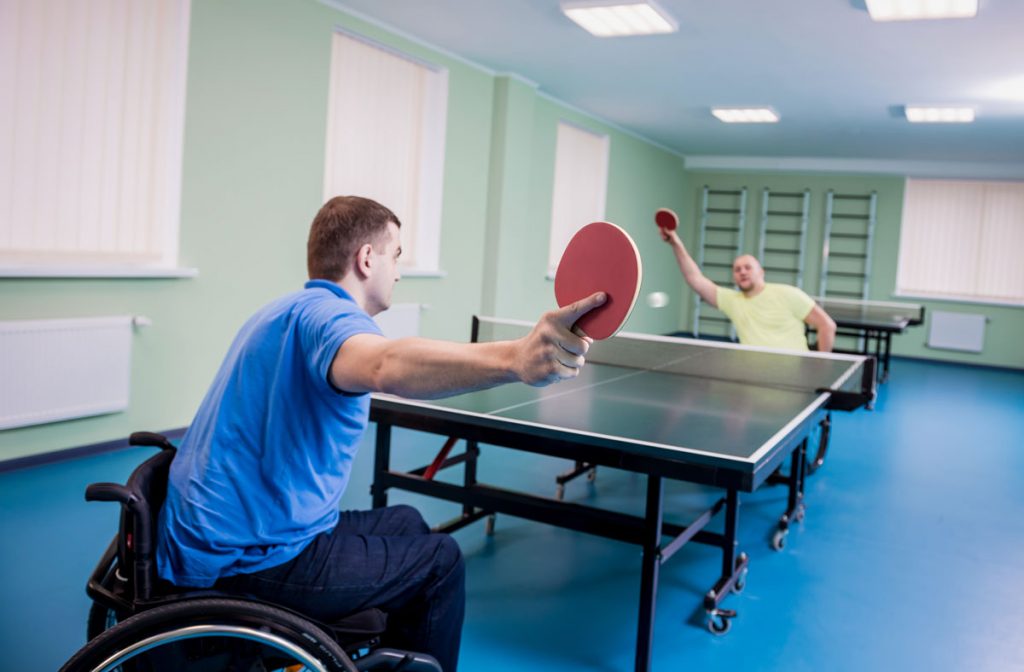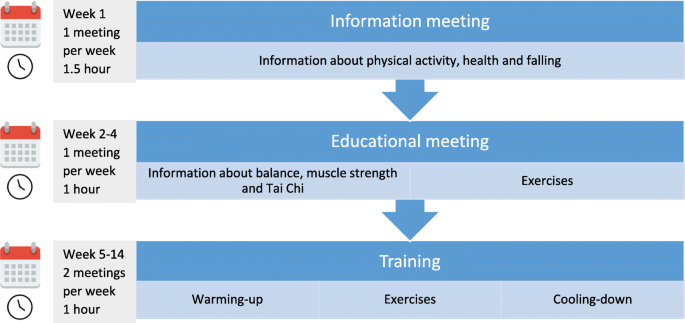The Facts About Dementia Fall Risk Uncovered
The Basic Principles Of Dementia Fall Risk
Table of ContentsExcitement About Dementia Fall RiskDementia Fall Risk Can Be Fun For AnyoneThe smart Trick of Dementia Fall Risk That Nobody is Talking About6 Simple Techniques For Dementia Fall Risk
A fall danger assessment checks to see how likely it is that you will drop. The analysis generally includes: This includes a series of inquiries concerning your overall health and wellness and if you have actually had previous falls or troubles with balance, standing, and/or strolling.STEADI consists of testing, analyzing, and treatment. Interventions are suggestions that may decrease your threat of dropping. STEADI consists of 3 actions: you for your threat of dropping for your threat factors that can be improved to try to avoid drops (for example, equilibrium problems, impaired vision) to reduce your risk of dropping by utilizing efficient methods (for example, offering education and sources), you may be asked a number of concerns including: Have you dropped in the past year? Do you feel unstable when standing or walking? Are you worried concerning dropping?, your provider will certainly examine your stamina, equilibrium, and stride, using the following fall assessment devices: This test checks your gait.
Then you'll rest down again. Your copyright will certainly inspect just how long it takes you to do this. If it takes you 12 seconds or even more, it might imply you are at greater threat for an autumn. This test checks stamina and equilibrium. You'll sit in a chair with your arms crossed over your breast.
The positions will certainly obtain harder as you go. Stand with your feet side-by-side. Relocate one foot halfway forward, so the instep is touching the huge toe of your other foot. Move one foot totally before the various other, so the toes are touching the heel of your various other foot.
Excitement About Dementia Fall Risk
Many falls happen as a result of multiple adding variables; consequently, taking care of the danger of dropping begins with determining the elements that add to fall risk - Dementia Fall Risk. Several of one of the most appropriate risk elements include: Background of previous fallsChronic medical conditionsAcute illnessImpaired stride and equilibrium, lower extremity weaknessCognitive impairmentChanges in visionCertain risky drugs and polypharmacyEnvironmental aspects can also raise the danger for falls, consisting of: Inadequate lightingUneven or harmed flooringWet or slippery floorsMissing or damaged hand rails and grab barsDamaged or poorly fitted equipment, such as beds, mobility devices, or walkersImproper use of assistive devicesInadequate guidance of individuals living in the NF, consisting of those who show aggressive behaviorsA effective autumn threat administration program calls for a thorough scientific assessment, with input from all members of the interdisciplinary group

The treatment plan need to also consist of interventions that are system-based, such as those that advertise a secure atmosphere (ideal illumination, handrails, get bars, and so on). The effectiveness of the interventions should be assessed occasionally, and the care plan changed as required to mirror adjustments in the autumn threat assessment. Executing a loss risk administration system making use of evidence-based finest technique can lower the occurrence of drops in the NF, while restricting the possibility for fall-related injuries.
Everything about Dementia Fall Risk
The AGS/BGS standard suggests evaluating all grownups matured 65 years and older for loss threat annually. This screening includes asking patients whether they have fallen 2 or more times in the past year or sought clinical interest for a loss, or, if they have not dropped, whether they feel unsteady when strolling.
Individuals that have fallen once without injury ought to have their equilibrium look at more info and stride reviewed; those with stride or equilibrium abnormalities ought to receive added evaluation. A history of 1 fall without injury and without stride or equilibrium problems does not necessitate more evaluation beyond ongoing yearly autumn danger screening. Dementia Fall Risk. A fall threat evaluation is required as component of the Welcome to Medicare exam

Facts About Dementia Fall Risk Uncovered
Documenting a falls history is one of the quality indications for loss prevention and administration. A vital component of danger assessment is a medication evaluation. A number of classes of medicines raise fall risk (Table 2). copyright medicines particularly are independent forecasters of falls. These medications have a tendency to be sedating, modify the sensorium, and hinder balance and stride.
Postural hypotension can usually be reduced by lowering the dosage of blood pressurelowering medications and/or stopping medicines that have orthostatic hypotension as a side effect. Use of above-the-knee assistance hose pipe and copulating the head of the bed raised may also minimize postural decreases in high blood pressure. The recommended aspects of a fall-focused physical exam are displayed in Box 1.

A TUG time above or equal to 12 secs suggests high loss danger. The 30-Second Chair Stand test examines reduced extremity toughness and balance. Being not able to stand up from a chair of knee site link height without utilizing one's arms shows enhanced autumn risk. The 4-Stage Balance examination evaluates static balance by having the individual stand read here in 4 settings, each considerably much more difficult.